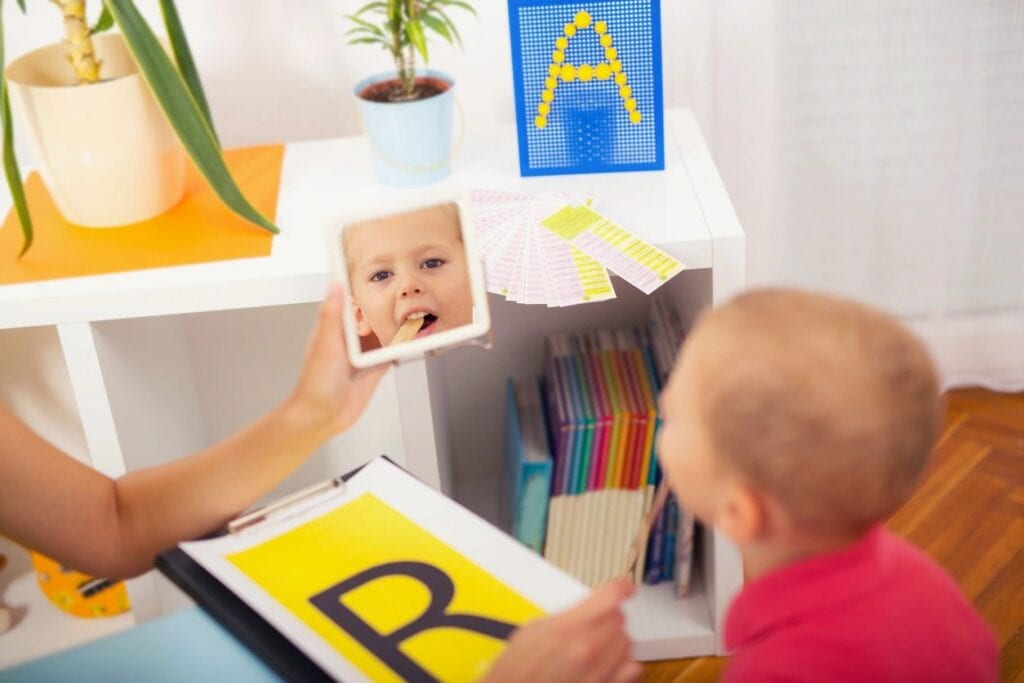How people with Autism Manage Clutter and Stay Organized
Autism Spectrum Disorders, commonly known simply as Autism, refers to a broad range of conditions characterized by challenges with social skills, repetitive behaviors, speech and nonverbal communication. According to the Centers for Disease Control, autism affects an estimated 1 in 54 children in the United States today. (Thanks, autismspeaks.org, for that awesome, concise explanation of an incredibly complex condition.) As the name implies, ASD comes with a wide range, or spectrum, of symptoms and ways in which it manifests in someone’s life. In my experience working with clients on the spectrum, I have come to find that there are certain nuances that we need to be sensitive to, as designers, organizers, and consultants. I would like to share some of my findings with you, because the Autism community is a beautiful place to explore!
When organizing and laying out a home for someone with autism, there are some key questions to ask:
Are you Sensory-seeking or Sensory-sensitive?
“Sensory seeking” refers to those people with autism who crave additional sensory input. “Sensory sensitivity” or “sensory avoiding” refers to those people with autism who are prone to sensory overload, which causes confusion, anxiety, and withdrawal. Based on these options, how do your surroundings need to look, sound, and feel? Do you need stimulating colors, bright lights, and ambient sound? Or do you need calming tones, dimmed lights, and silence? Do you need to reduce reflections in windows? Would your family benefit from having softer flooring?

Are tchotchkes helpful or a hindrance?
This goes back to the sensory seeking or sensitive options. Stimming, or self-stimulation, is a very common trait for someone with autism. Touching things and experiencing their textures, temperatures, and other qualities, can be soothing for someone with autism. Depending on how someone’s autism manifests in their life, small objects around the house may be soothing to them. A simple touch of a fun texture may be all they need to satisfy their sensory needs. On the other hand, someone else may need to tap or bang an object to the point where it could break, depending on the object’s material. In this case, clutter presents a major challenge. Fewer objects that can become a hazard is a safe way to go. This also means there need to be safer alternative experiences and resources for someone to utilize for stimming.
Reduction in clutter for someone with autism results in clear countertops, fewer framed photos within reach, no fragile Christmas tree ornaments, and nothing that “lives” on the floor. According to autismspeaks.org, “clutter is distressing to people with autism, so remove as much as possible when considering the design of your floor plan. Arrange furniture so that your autistic child can easily transition from one activity to the next without a visual or physical barrier.
Does your home need a dedicated space for therapy?
People who are more severely affected by ASD, particularly those who have physical challenges as a result, may have regular visits from an Occupational Therapist, speech therapist, or another professional who helps them develop tactics for managing their daily challenges. If this is a regular occurrence for you, it would be wise to have a dedicated spot, if possible, where these therapy sessions can comfortably take place.

What’s the best way to organize your belongings?
Periodically culling through your things to rid your home of clutter is something that will most definitely benefit someone with autism. Once you get your inventory down to the essentials, it is critical to organize your things, especially things used by the person with autism, in a way that enforces routine and makes staying tidy an automatic part of your lifestyle. Store things where they will be used, and return everything to their home when they are not in use. Bins and shelves that reduce visual clutter but allow access to the things you need will greatly improve everyone’s quality of life, once these systems are put into place. A qualified professional organizer and designer, like Plan It Perfect, can customize a system that works for you and your family, and your way of life.

For our story about planning a wedding with a bride who has autism, read our blog on our event page: Katie & Andrew’s Rainbow Wedding.
For our blog about organizing and being productive with ADD and ADHD, read our blog: Organizing and Productivity with ADHD.
Disclaimer: I am not formally trained in any psychological disorders. I have worked with people who live with Attention Deficit Hyperactive Disorder, Autism Spectrum Disorder, and Obsessive-Compulsive Disorder, and I have gained a lot of insight over the years. My blog posts are strictly based on my experience and things I’ve learned from those who feel comfortable sharing their lives with me.


[…] For our blog about organizing with Autism, visit Organizing on the Spectrum […]
great and also outstanding blog. I truly want to thank you,
for providing us much better information.